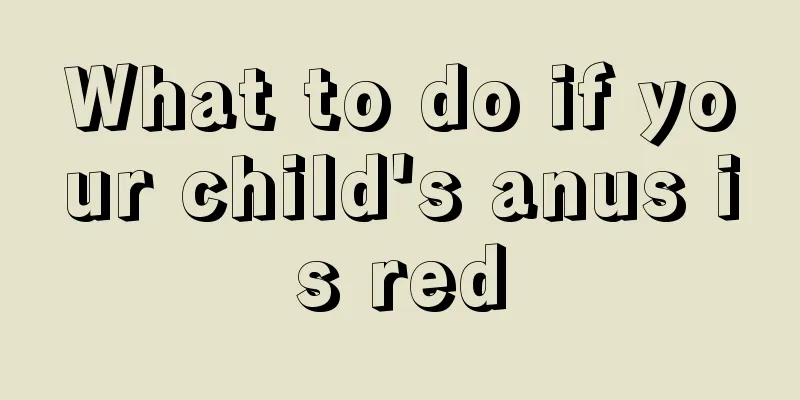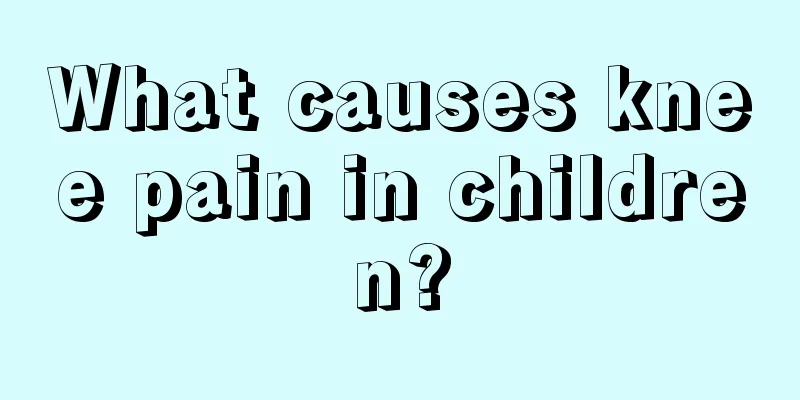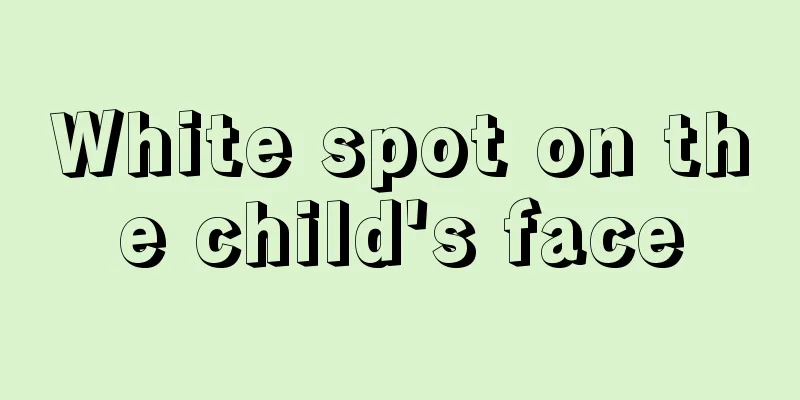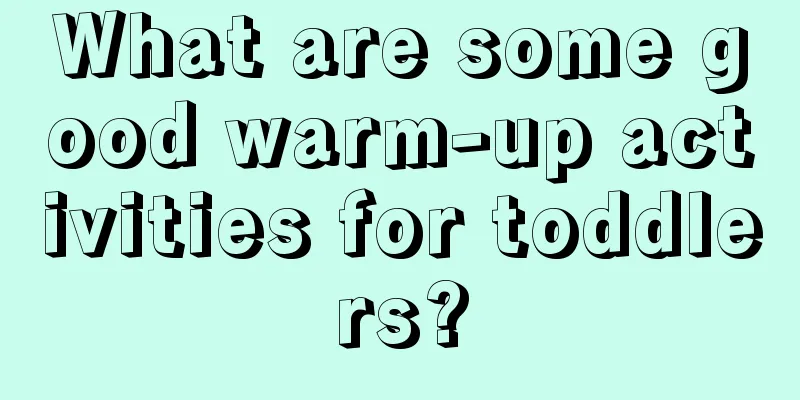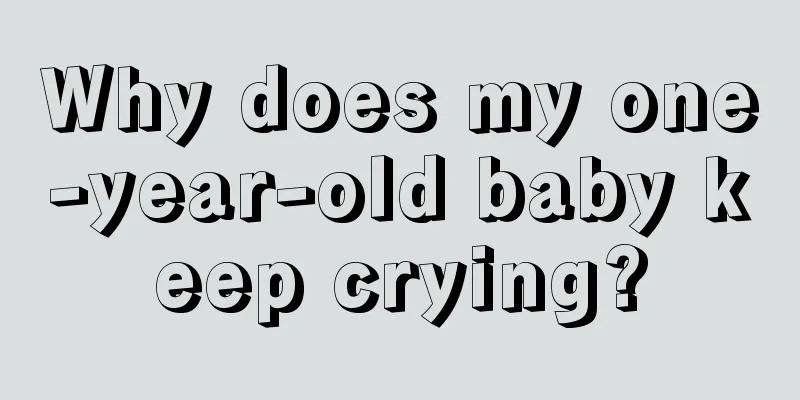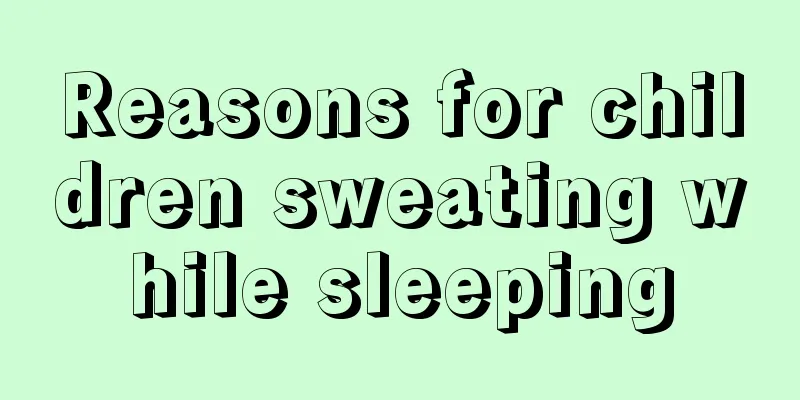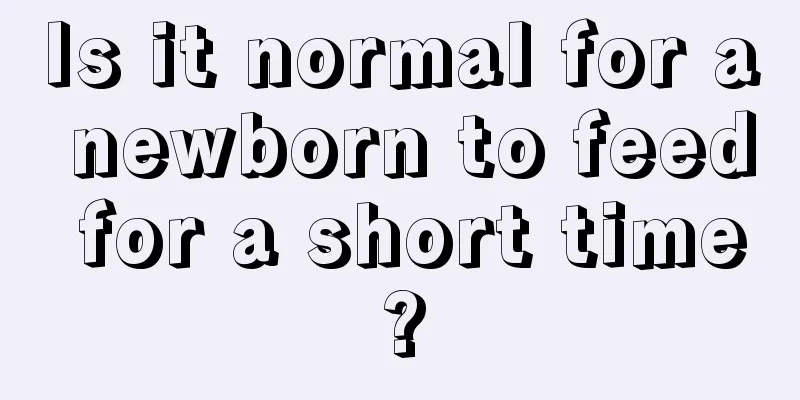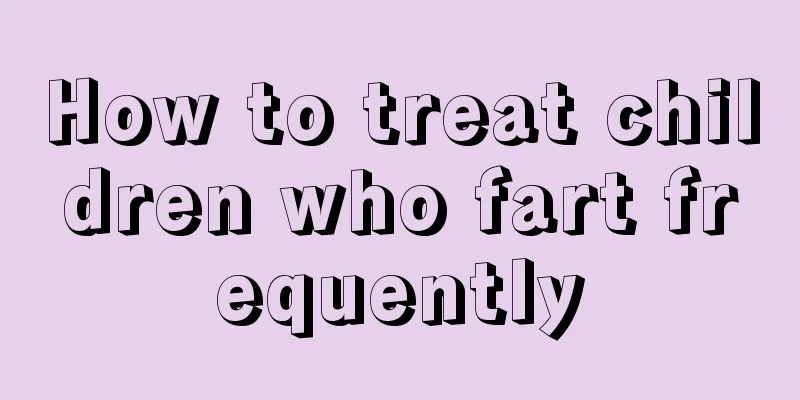The child has convulsions when he has a fever
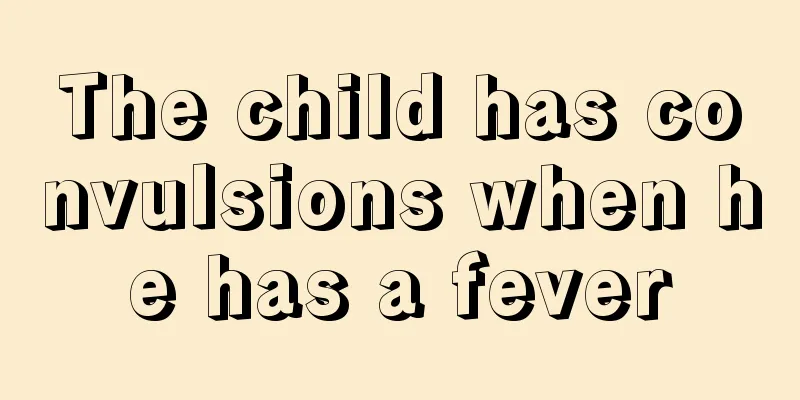
|
When a child has a fever, parents should not worry too much. They must remain calm so that they can quickly treat the fever symptoms. Moreover, if a child has a severe fever, it can easily damage the brain nerves and cause lifelong effects, so it should be treated promptly. Some parents find that when their children have a fever, they not only have a high temperature but also have convulsions. What is going on? What happens when a child has a fever and convulsions? If a child has convulsions after having a fever, it is considered a febrile convulsion. Repeated febrile convulsions can lead to epilepsy in adulthood. Febrile convulsions are common emergency symptom of central nervous system dysfunction in children, and are more common in infants and young children. Febrile convulsions are mostly caused by various infectious diseases, with upper respiratory tract infections being the most common. The main clinical manifestations are: typical attacks occur when the body temperature suddenly rises in the early stage of the primary disease, and the body temperature is mostly 39-40℃ or above during an attack. It mainly presents as generalized seizures, manifested as tonic-clonic convulsions, or only as tonic or clonic seizures. Most attacks last only a few minutes and stop within 15 minutes. Most children regain consciousness within a few minutes without leaving any abnormal neurological signs. You can go to the hospital for a brain CT scan and EEG to rule out epilepsy and intracranial masses. Febrile convulsions are a common disease in pediatrics. According to statistics, 3%-4% of children have experienced febrile convulsions at least once. Convulsions in children occur due to imperfect development of the brain and poor ability to analyze and identify stimuli. Weak stimulation can cause abnormal release of motor neurons in the brain and cause convulsions. Characteristics of febrile convulsions: Age: between six months and four years old, rarely seen after five years old; Fever: generally due to acute fever at the beginning of a cold, convulsions mostly occur when the body temperature suddenly rises to 38.5℃ to 39.5℃; Seizure situation: loss of consciousness, systemic symmetrical tonic-clonic convulsions, and may also manifest as staring, squinting, and rolling of the eyes; Duration: lasts for a few seconds or minutes, generally not more than 15 minutes, no recurrence within 24 hours, and consciousness returns to normal quickly after the attack. The long-term prognosis of febrile convulsions is good and it has no effect on intelligence, learning, or behavior. As age increases and the brain develops, febrile convulsions generally no longer occur. |
<<: Two-year-old baby sweats on his head while sleeping
>>: The child suddenly convulsed and foamed at the mouth
Recommend
Why does the baby's nose turn blue and related suggestions
Every baby is loved by many people, such as mom, ...
What should I do if my baby cries and holds his breath?
I became a mother a few months ago. As a first-ti...
What should I do if my child doesn’t pay attention in class?
All parents hope that their children will do well...
There is a white spot on the child's face in summer
Summer is the peak season for diseases, let alone...
What should I do if my child has recurrent bronchial pneumonia?
Some people think that pneumonia only exists in m...
Hand, foot and mouth disease recipes
Hand, foot and mouth disease is contagious, so tr...
How to add complementary food to your baby
In most cases, you can add complementary foods to...
Is conjunctivitis contagious in children?
Conjunctivitis is a contagious eye disease that c...
Reasons for newborns to cough and sneeze
As the saying goes, nine out of ten babies cough!...
Why does my 1-year-old baby have white spots on his face?
Some newborn babies show physical abnormalities, ...
Treatment of intestinal gas in children
Young children's bodies are very fragile and ...
What causes children to grind their teeth at night?
For children, good sleep is the key to ensuring d...
Is blood type inherited from the father or mother?
In fact, blood type is a representative symbol an...
Can children's refractive error be cured?
For children, if refraction occurs, it is not goo...
What are the red spots around my baby's eyes?
Generally speaking, any small symptoms that appea...
